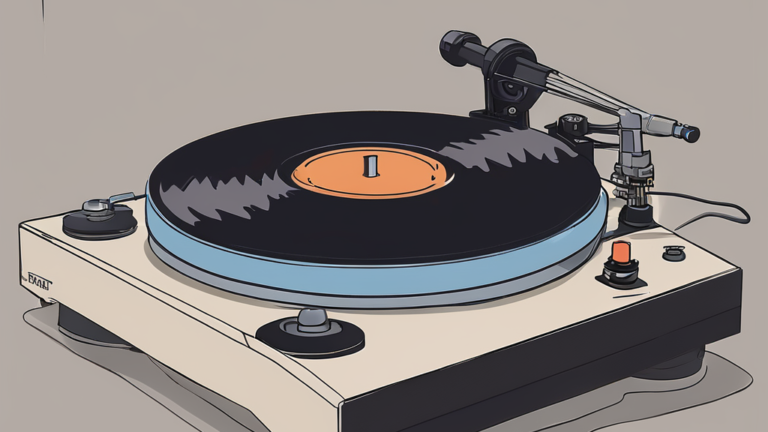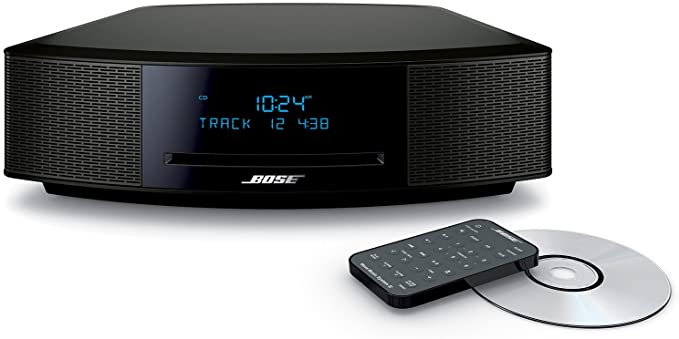What Is Frequency Response?

We conduct independent testing and research of products, so you can make an informed decision before making a purchase. And when you do decide to make a purchase through our links, please note that we may earn a commission, but this does not affect the honesty of our reviews.
If you need to buy a speaker system, you must learn all about the importance of its quality. When it comes to buying speakers, there are several factors that you must consider. One of them is frequency response.
What Is Frequency Response?
When you listen to music on your computer, smartphone, TV, stereo system, or other devices, sound waves pass through your ears and then into your eardrums. Your eardrum is the small organ in your ear that is connected to your inner ear.
The sound waves travel to your inner ear, where they vibrate tiny hairs inside of your cochlea. This vibration helps you perceive sounds. The vibrations you hear come from your brain’s left and right sides.
When you listen to music, the sound waves that reach your ears are converted into nerve impulses. This information travels through your inner ear and eventually reaches the brain. The brain interprets the data as sounds, and you perceive them as music.
What Is Frequency Response in Speakers?
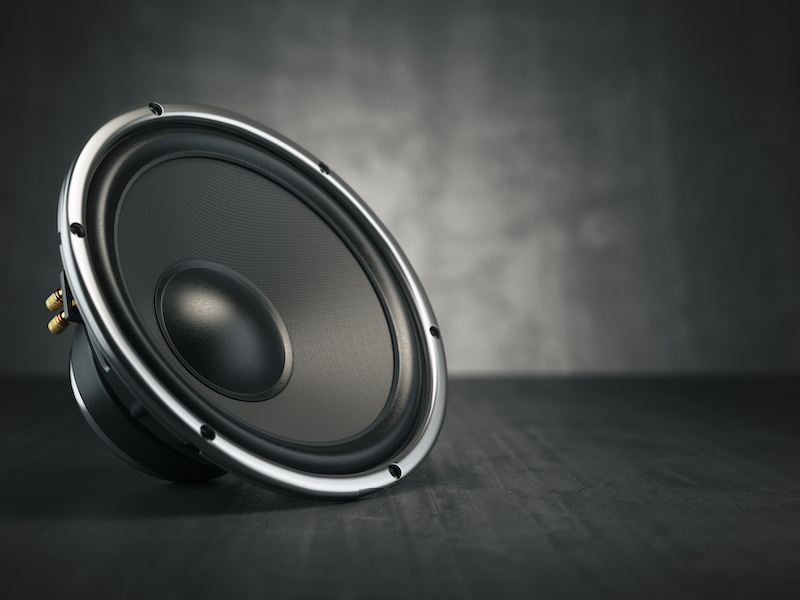
A speaker system will have a frequency response that describes how many bass, midrange, treble, and mid-high frequencies the speaker can reproduce.
What does this mean? Well, let’s say your music consists of very low notes, such as the first few bars of “Take Me Out To The Ball Game.” If you listen closely, you’ll notice that the lowest note you hear sounds a little bit flat. This means that the speaker isn’t able to produce the full range of sound in its performance.
Now, imagine that the same song is played at a higher volume. You’d be able to detect the difference between the lower and higher volumes. In other words, the speaker would have a different level of bass, midrange, or treble than it did before. That’s what we’re talking about when we talk about frequency response.
What Is Frequency Response in Microphone?

Frequency Response (FR) is a measure of how sensitive a mic’s sound output is to changes in the input signal’s frequency content. If you have a microphone that produces a very flat FR curve, then its sensitivity will be relatively constant across the entire audio spectrum. However, if the FR curve of your mic drops off sharply at high frequencies, then it won’t pick up sounds well above 20 kHz.
A mic with a more gradual drop-off in FR will generally produce better results in situations where the sound source you’re recording contains higher frequencies. For example, if you are playing music that includes a lot of bass, then you’ll want to use a mic with a lower FR so that it can capture all of the low-level energy from the instruments.
In addition, the amount of noise recorded by the mic will also affect your overall recording quality. A mic that records less background noise is going to produce cleaner recordings than one that picks up a lot of unwanted ambient sound.
What Is Frequency Response Analysis?
Frequency Response Analysis (FRA) refers to the process of measuring how your hearing system responds to different frequencies. If you have trouble understanding speech in noisy environments, you might want to know more about this topic.
A frequency response test measures the way that the human auditory system perceives sound. It does so by using a device known as an audiometer.
How Does a Frequency Response Test Work?
During an FR test, you’ll be asked to sit in front of an instrument that plays tones at various pitches and volumes. You will then need to press one button whenever you hear each tone.
You can use headphones while the audiometer tests your responses. During the test, the audiologist will adjust the volume level until he or she hears the same pitch from every tone.
What Is the Frequency Range in Headphones?
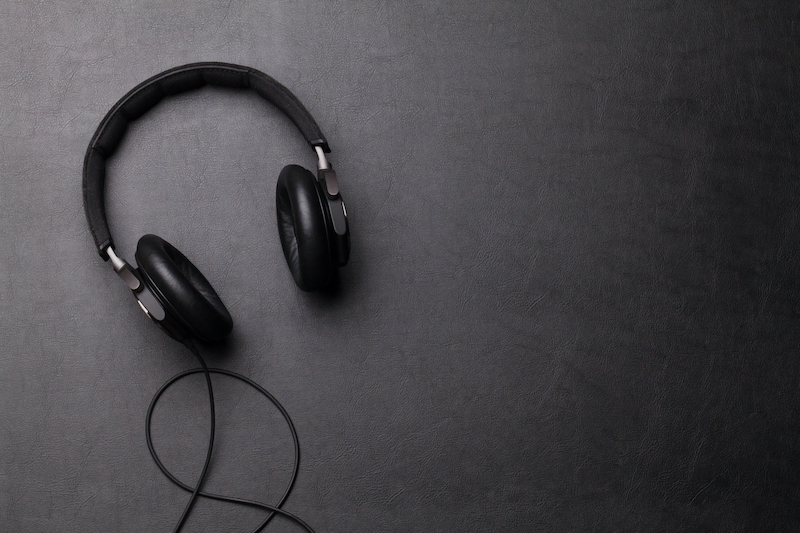
When you buy a new pair of headphones, you need to know how to choose the right type of headphones. The first thing that you should look at when buying a set of headphones is the frequency response.
This refers to the sound quality of the headphones. If the headphones have a flat frequency response, then the audio sounds very similar throughout the entire spectrum.
However, if the headphones don’t cover the full range of frequencies, then the music will sound muffled. If you’re looking for the best headphones, then you might want to consider the following.
You’ll be able to get a good idea of the frequency response by listening to different songs while wearing headphones. For example, if you listen to a song that’s at the lower end of the frequency scale (such as a drum beat), you can tell whether or not the headphones are covering the low and mid-range frequencies.
What Is the Frequency Response of an Amplifier?
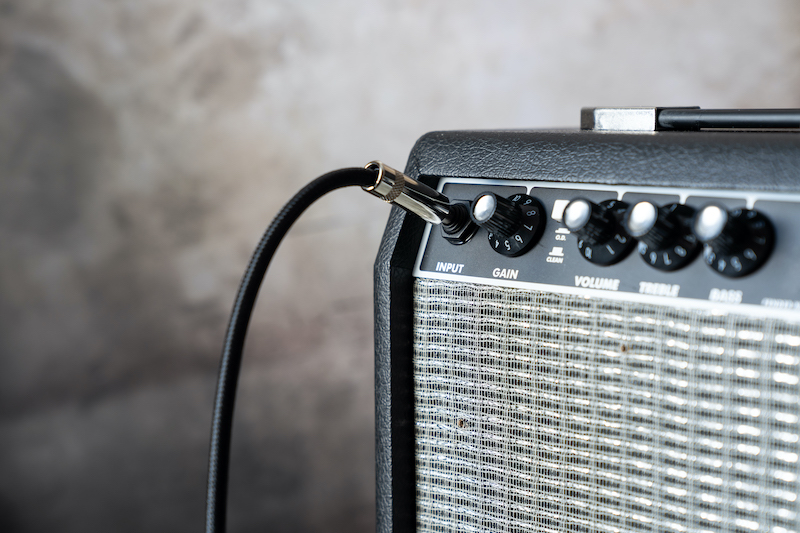
Amplifiers have two important characteristics. The first one is that they amplify sound waves so that you can hear them. And the second characteristic is that amplifiers tend to distort the original signal.
This distortion may be useful, but it may also cause problems when your audio system doesn’t work properly.
An amplifier’s frequency response describes how much the volume of a particular sound changes as the pitch of the music gets higher or lower. In other words, the frequency response tells you whether an amplifier will make high-pitched sounds louder than low-pitched ones.
A typical speaker has a flat frequency response. But many speakers have a slightly different response. For example, some speakers might have a slight dip in their response at certain frequencies.
If you’re using an amp with a flat frequency response, you’ll get the best results when playing songs that are between 20 and 20 kHz (hertz).
How Important Is Frequency Response in Speakers?
Frequency Response (FR) describes the range of frequencies that a speaker reproduces. FR refers to the ability of a loudspeaker to reproduce different sound levels at varying pitches. The higher the FR, the more accurate the reproduction of high-pitched sounds.
There are two main components of the FR: High-Frequency Rolloff (HFRO), and Low-Frequency Flutter.
High-Frequency Rolloff: This component represents the number of high frequencies a speaker drops off when it reaches its maximum output. As HFRO increases, the speaker’s ability to accurately reproduce the highest-pitched tones decreases.
Low-Frequency Flutter: This component represents the level of low-frequency distortion produced by a speaker. A speaker with a lower value for this parameter will produce less noise and flutter in the lowest notes.
If you have an audio system that is set up incorrectly, it can cause problems. For example, if your bass is too loud or the treble is too soft, you may find yourself struggling to listen to music.
Is Higher Frequency Response Better?
The frequency response can be used to describe how well a speaker reproduces sounds with a low, medium, and high pitch. For example, a loudspeaker that has good bass reproduction will have a lower FR than one that doesn’t.
It’s important to know the difference between the terms ‘high-end’ and ‘low-end’. High-end refers to the quality of the equipment and speakers. The low-end refers to the quality of the music.
If you want a more accurate way to compare the two, you can use a graph. This shows the range of frequencies that the equipment covers.
A higher FR means that it has a wider range of frequencies covered. So in other words, a high-end piece of equipment will cover a broader spectrum of sound waves.
For example, the average home cinema has an FR of 30Hz to 20kHz. That is, the speaker will cover most of the audible frequency range.
What is Flat Frequency Response?
If a speaker has a flat frequency response, then the sound produced by the speaker will be the same across the entire audible spectrum.
This is unlike speakers that have a sharp or “peaky” frequency response, which means that the sound produced by the speaker will be louder at specific frequencies than it is at other frequencies.
If you have a sound system that does not have a flat frequency response, you will hear a difference in the way that sounds are amplified and attenuated when playing music. This can result in distortion, harshness, and poor overall sound quality.
How to Get a Better Sound Quality
To get better sound quality, you need to make sure that you do the following:
- Adjust your equalizer settings
- Check your speaker settings
- Make sure your speakers are connected to your amplifier
- Check the wiring and connections
- Try to avoid listening to music or movies in a noisy environment
How Many Types of Frequency Response?
There are three different ways that you can define the term “frequency response.” The first way is to say that it refers to the number of times per second that a sound wave repeats itself.
For example, if you were playing music on an instrument, the pitch would be the same for every repetition. This means that the tone of the note stays the same throughout the song.
However, the other two definitions are slightly more complicated.
In the first case, we’re talking about the number of cycles that a certain type of signal takes before it reaches zero. In the second scenario, the idea is to count the number of waves a particular sound makes within a specific period.
The final definition is the most important one. It’s the amount of energy that a given piece of audio has. As you can imagine, this is the most difficult thing to measure.
What Is the Frequency Response of AirPods Pro?
AirPods Pro has a Frequency Response of 16-20,000Hz.
Conclusion
In conclusion, to have the best sound quality, you need to consider the frequency response of the devices you are using. When you hear a sound at the same time you feel it, you know that you are experiencing the full range of frequencies. This is called frequency response. It is the frequency response of the device that is the most important aspect to consider.
Our Mission: At AudioInspects, we are dedicated to providing the most comprehensive and authentic reviews of audio equipment on the market. We conduct independent testing and research of products, so you can make an informed decision before making a purchase. Our mission is to help you find the best audio equipment to improve your listening experience. So trust us to deliver the most reliable recommendations and advice.
Disclosure: When you do decide to make a purchase through our links, please note that we may earn a commission, but this does not affect the honesty of our reviews. You can read our affiliate disclosure in our Disclosure.


